Space exploration has come a long way, thanks to groundbreaking innovations that have pushed the boundaries of what we thought was possible. From the invention of rocket engines that made space travel a reality, to the introduction of cutting-edge technologies like Mars’ Ingenuity helicopter, each breakthrough has played a pivotal role in advancing our understanding of the cosmos. These innovations not only solve complex engineering challenges but also pave the way for future missions, whether it’s sending humans to Mars or exploring distant planets. In this article, we’ll explore 15 of the most transformative technological advancements that have shaped space exploration as we know it.
The Rocket Engine (1940s-1950s)
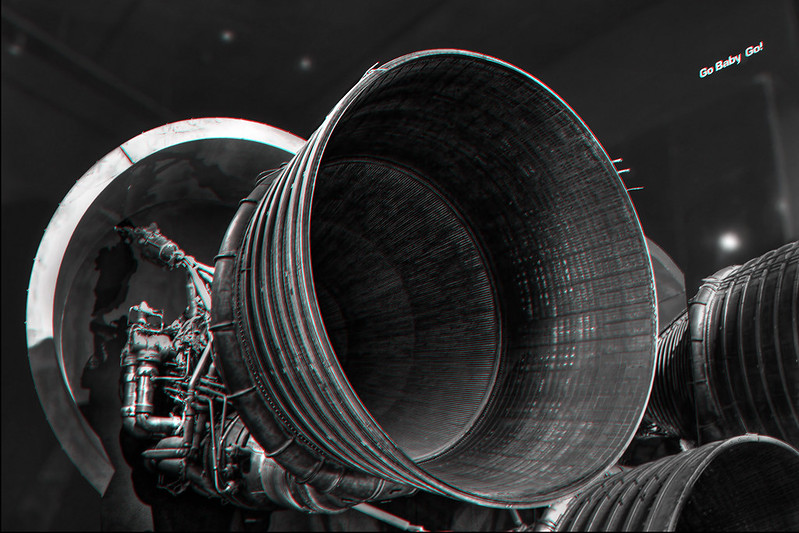
The development of the rocket engine is perhaps the most critical innovation that enabled space exploration. Prior to its invention, human flight was confined to Earth’s atmosphere. Early rocket engines, such as those developed by Wernher von Braun and his team, demonstrated the potential for reaching outer space. These engines used liquid propellants, with liquid oxygen and liquid hydrogen becoming the fuel of choice. The first successful rocket flight, launching in the 1940s, set the foundation for subsequent missions to the Moon and beyond. Innovations like thrust vector control and advanced nozzle designs enhanced engine performance. By the 1950s, space agencies worldwide were working on refining rocket technology to meet the rigorous demands of space travel.
The Saturn V Rocket (1967)
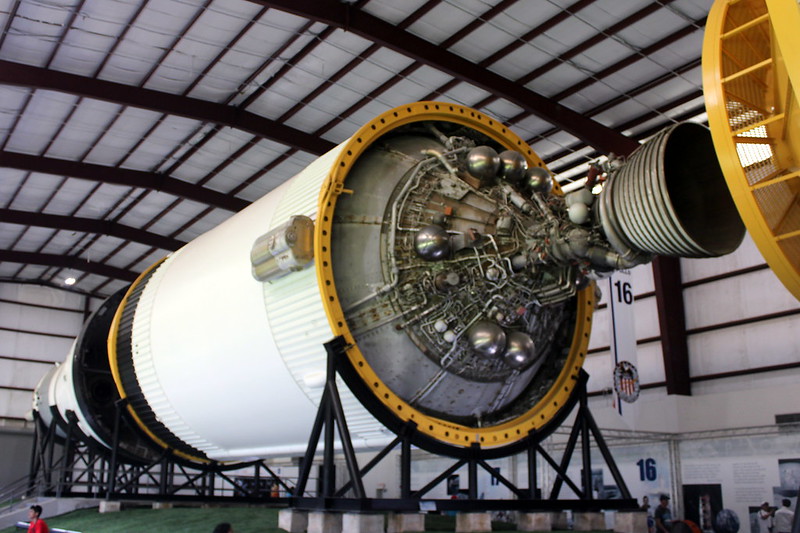
NASA’s Saturn V rocket revolutionized space travel by enabling human space missions beyond Earth’s orbit. Standing 363 feet tall, it remains the largest and most powerful rocket ever built. The rocket’s three stages allowed for the optimal combination of fuel and propulsion, enabling astronauts to reach the Moon. The first successful launch of Saturn V in 1967 carried the Apollo 4 mission and marked a key moment in space exploration history. Its payload capacity was unrivaled at the time, allowing for significant scientific instruments, crew modules, and lunar landers to be sent into space. The Saturn V’s reusability potential inspired future space exploration concepts, despite its eventual retirement. Its sheer scale and engineering ingenuity continue to inspire new generations of aerospace engineers.
The Hubble Space Telescope (1990)
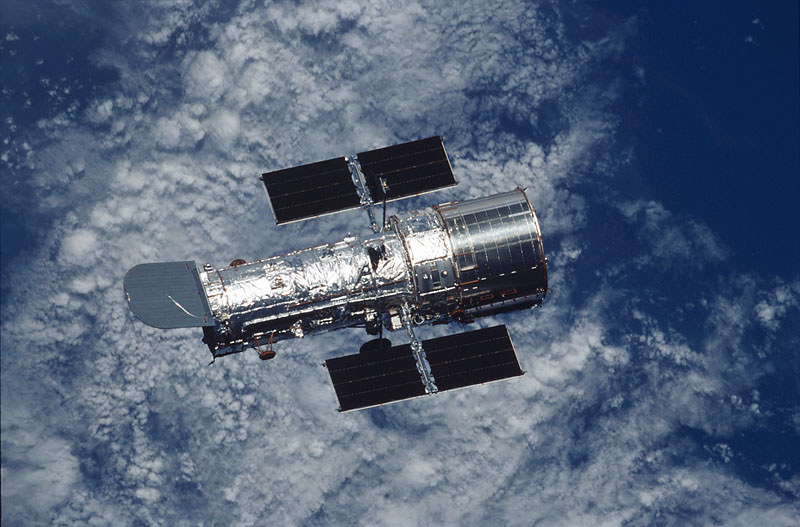
Launched in 1990, the Hubble Space Telescope was a breakthrough in astronomical observation. Its ability to capture high-resolution images of distant galaxies far exceeded anything achievable by ground-based telescopes. Positioned beyond Earth’s atmosphere, Hubble was free from the distortion caused by air and weather conditions. The telescope’s discoveries have expanded our understanding of the universe, including the discovery of dark energy, the measurement of the universe’s expansion rate, and the observation of exoplanets. Its real-time images and data have reshaped our view of the cosmos, leading to significant advances in astronomy and astrophysics. Furthermore, Hubble’s ability to conduct spectroscopic analysis of distant celestial objects added a new layer of understanding. The telescope has become one of the most enduring symbols of scientific progress.
Space Suits (1960s-present)
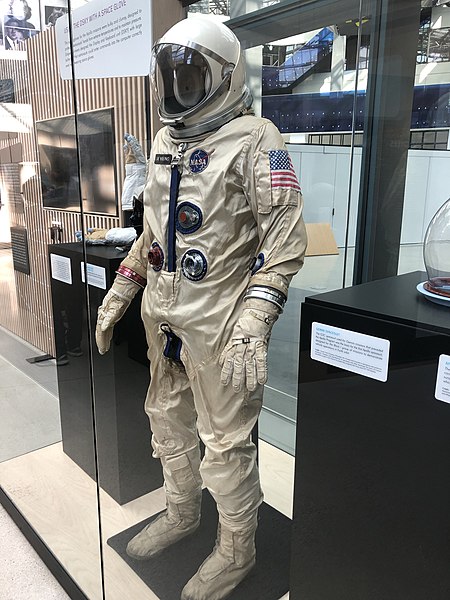
The invention of space suits was pivotal in allowing humans to survive in the harsh environment of space. The development of the first extravehicular mobility unit (EMU) in the 1960s enabled astronauts to perform spacewalks outside spacecraft. These suits provide vital life support, including oxygen, temperature regulation, and protection against radiation. In addition, the EMU is equipped with a communication system, allowing astronauts to stay in contact with mission control. The suits’ durability is essential for both short-term and long-term missions, with constant upgrades to improve mobility, comfort, and functionality. Recent innovations focus on enhancing flexibility and reducing weight, allowing astronauts more ease during complex tasks. Space suits are now critical components for exploring the Moon, Mars, and beyond.
GPS Technology (1978)
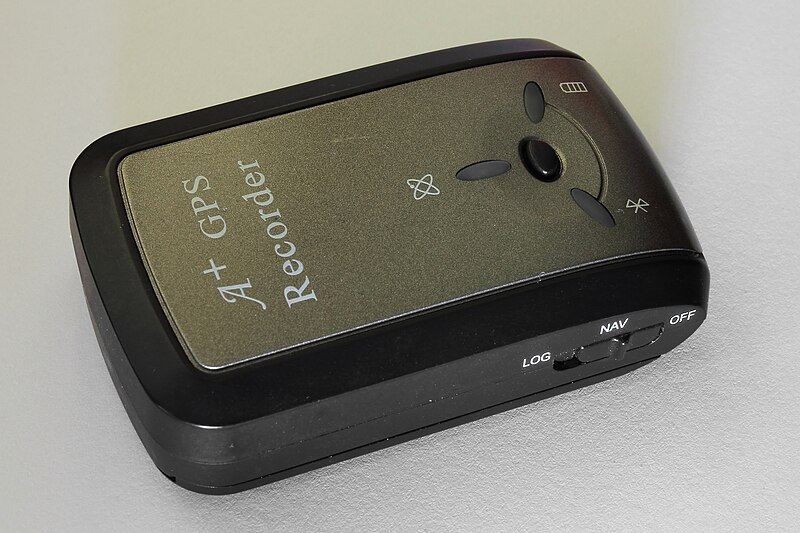
Initially developed for military purposes, GPS technology transformed space exploration by enabling precise navigation in orbit and on Earth. The first GPS satellite was launched in 1978, marking the beginning of a new era in space technology. By providing continuous, real-time positioning data, GPS made it possible to track spacecraft, satellites, and rovers with unparalleled accuracy. GPS has been critical for space missions such as Mars rover landings, where precise navigation and timing are necessary for success. This technology also aids in managing satellite constellations, ensuring their proper functioning and orbital positioning. The accuracy of GPS has evolved over time, with updates that refine position data to within centimeters. Today, GPS plays a key role in space exploration and Earth observation.
The Mars Rover (1997-present)
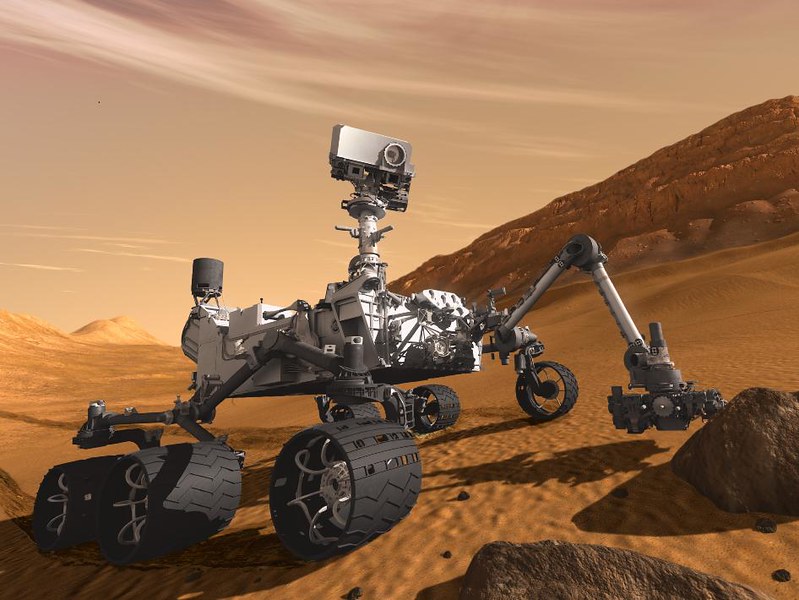
The development of the Mars Rover has provided critical insights into the Red Planet. Beginning with the Sojourner rover in 1997, NASA has continued to deploy increasingly advanced rovers to explore Mars. These robotic vehicles are designed to autonomously navigate the Martian surface, collect geological data, and even search for signs of past life. The rovers’ sophisticated cameras, drills, and sensors allow scientists to analyze Martian soil, rock samples, and atmosphere. Curiosity and Perseverance, two of the most recent rovers, have pushed the boundaries of autonomous operations. They can transmit high-definition images and data back to Earth, greatly enhancing our understanding of the Martian environment. The Mars rovers have become essential tools for future manned missions to Mars.
The Space Shuttle (1981-2011)
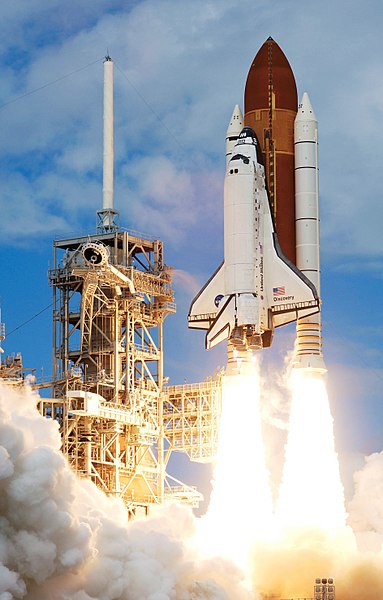
The Space Shuttle represented a revolutionary advancement in spaceflight, offering the potential for reusable spacecraft. Launched in 1981, the Space Shuttle program enabled NASA to carry out regular missions, including satellite deployment, scientific research, and space station construction. Unlike previous rockets, which were single-use, the shuttle’s design allowed for multiple flights, lowering the cost of space access. Its orbiter, which could carry crew and cargo, was capable of launching like a rocket and landing like an airplane. The shuttle also carried large payloads, making it essential for assembling the International Space Station (ISS). Over 30 years, the Space Shuttle completed 135 missions, including the famous Hubble Space Telescope servicing. Though retired in 2011, its legacy continues to influence spacecraft design.
Ion Propulsion (1998)
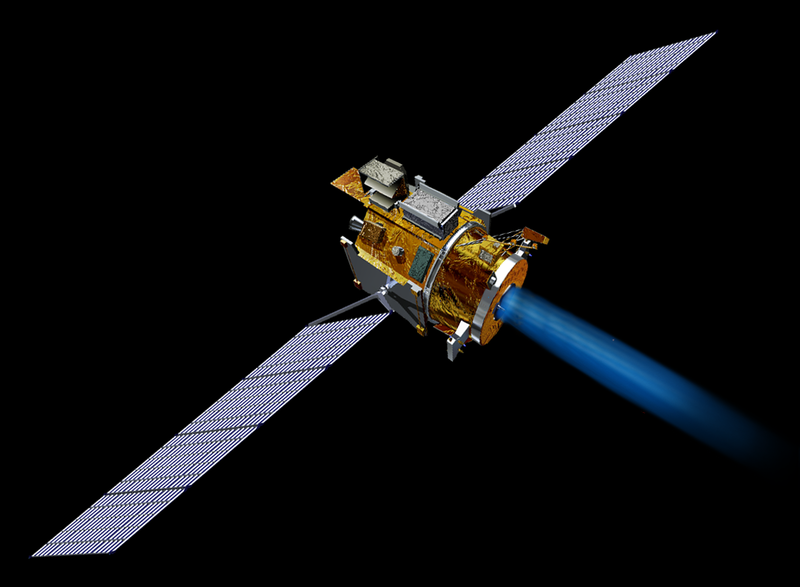
Ion propulsion technology revolutionized space travel by providing more efficient, long-duration propulsion systems. Unlike chemical rockets, ion engines use electrically charged particles (ions) to generate thrust, offering higher speeds over extended periods. The first practical use of ion propulsion came with NASA’s Deep Space 1 mission in 1998, which demonstrated the viability of this technology. The system’s efficiency allowed the spacecraft to travel to distant destinations, such as asteroid 9969 Braille, with far less fuel than conventional engines. This advancement is particularly valuable for missions to outer planets, where traditional propulsion methods would be too costly or inefficient. Modern spacecraft, such as the Dawn mission to Ceres, have used ion propulsion to explore deep space. Its ability to provide sustained, low-thrust acceleration has opened up new possibilities for interplanetary exploration.
The International Space Station (1998-present)
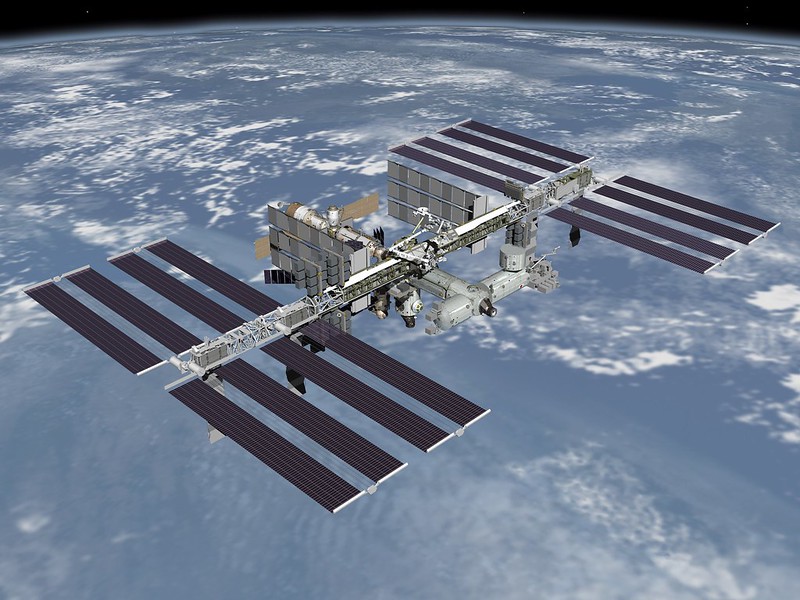
The International Space Station (ISS) is a symbol of international cooperation in space exploration. Launched in 1998, the ISS serves as a microgravity laboratory where astronauts and scientists conduct research that would be impossible on Earth. The station orbits Earth at an altitude of 250 miles, allowing for long-term experiments in fields such as biology, physics, and materials science. The ISS also serves as a platform for testing technologies for future space missions, including Mars exploration. It is home to astronauts from various countries, making it a hub for global scientific collaboration. The station has expanded over time, with new modules and updates being added to accommodate ongoing research. The ISS is expected to remain operational until at least 2030, continuing to advance human knowledge of space.
SpaceX Reusable Rockets (2015-present)

SpaceX’s development of reusable rockets represents a significant leap forward in space transportation. Prior to this innovation, rockets were discarded after each launch, making space travel prohibitively expensive. In 2015, SpaceX successfully landed its Falcon 9 rocket after completing its mission, marking the first time in history that a rocket had returned to Earth intact for reuse. The reusability of these rockets has dramatically reduced the cost of launching payloads into space. It also paved the way for future commercial space exploration and potential lunar and Martian missions. SpaceX’s innovations have demonstrated that private companies can drive space exploration forward. The ability to reuse rockets multiple times within short intervals is expected to revolutionize the entire aerospace industry.
The Lunar Module (1969)
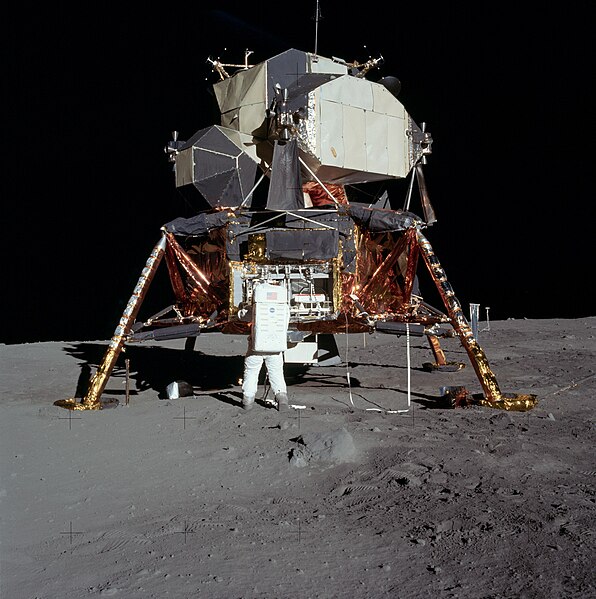
The Lunar Module was a crucial part of the Apollo 11 mission, allowing astronauts to land on the Moon for the first time. Designed to detach from the command module, the Lunar Module was a lightweight, specialized spacecraft capable of descending to the lunar surface and returning to orbit. It carried two astronauts, Neil Armstrong and Buzz Aldrin, during their historic Moon landing in 1969. The design of the Lunar Module overcame significant challenges in both weight and functionality, incorporating advanced technology like automatic descent and guidance systems. It was powered by a small, powerful engine capable of achieving the necessary thrust for lunar landing and ascent. This innovation demonstrated humanity’s ability to reach and explore distant celestial bodies. Its success remains one of the greatest achievements in the history of space exploration.
The Voyager Spacecraft (1977-present)
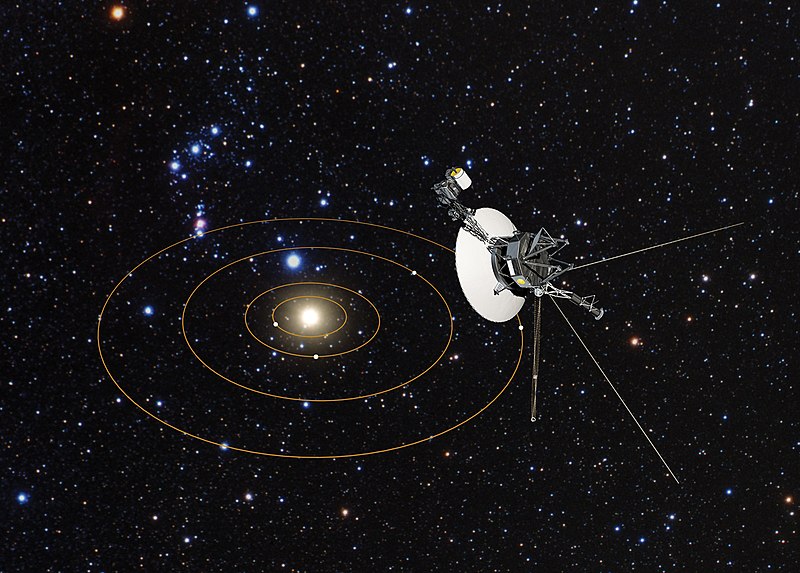
NASA’s Voyager spacecraft, launched in 1977, revolutionized the study of the outer solar system and beyond. Voyager 1 and 2 were designed to take advantage of a rare planetary alignment to explore Jupiter, Saturn, Uranus, and Neptune. Equipped with a variety of instruments, they sent back images and data that transformed our understanding of these distant worlds. Voyager 1 is now the farthest human-made object from Earth, having entered interstellar space in 2012. These spacecraft demonstrated the potential for long-duration missions that could continue transmitting data long after the spacecraft had left the solar system. The golden record carried aboard both Voyager spacecraft contains sounds and images meant to represent humanity for any potential extraterrestrial civilizations. Their journey continues to inspire new approaches to space exploration.
Mars Helicopter: Ingenuity (2021)
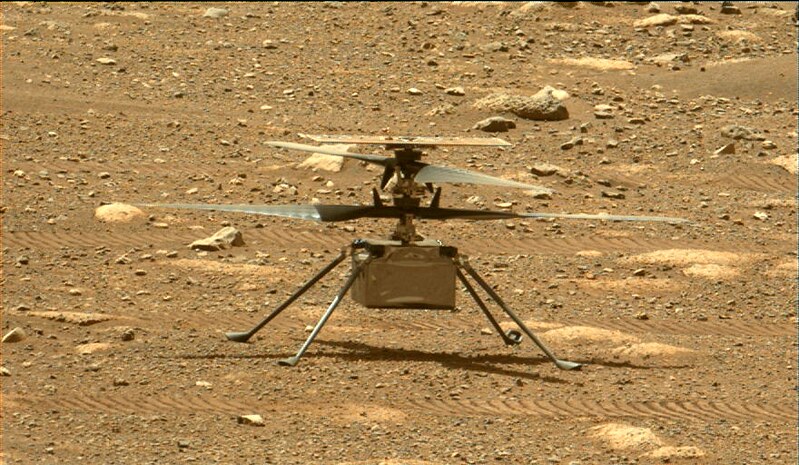
Ingenuity, the small helicopter that accompanied NASA’s Perseverance rover to Mars, marked a historic breakthrough in aerial exploration on another planet. It was the first powered flight on Mars, demonstrating that flight is possible in the thin Martian atmosphere. Designed as a proof-of-concept, Ingenuity was not only a technological marvel but also a step toward future exploration methods. Weighing just 4 pounds and with rotor blades that spun at over 2,800 RPM, it overcame Mars’ low atmospheric pressure, which is only 1% of Earth’s. Ingenuity’s successful flights provided invaluable data that could enable future aerial missions to scout terrain in locations that rovers cannot easily access. Its success proved that aerial vehicles could play an essential role in future planetary exploration. Ingenuity’s achievements set the stage for future drones and aerial systems to assist in exploring the surfaces of distant moons and planets.
GPS Satellites (1978)
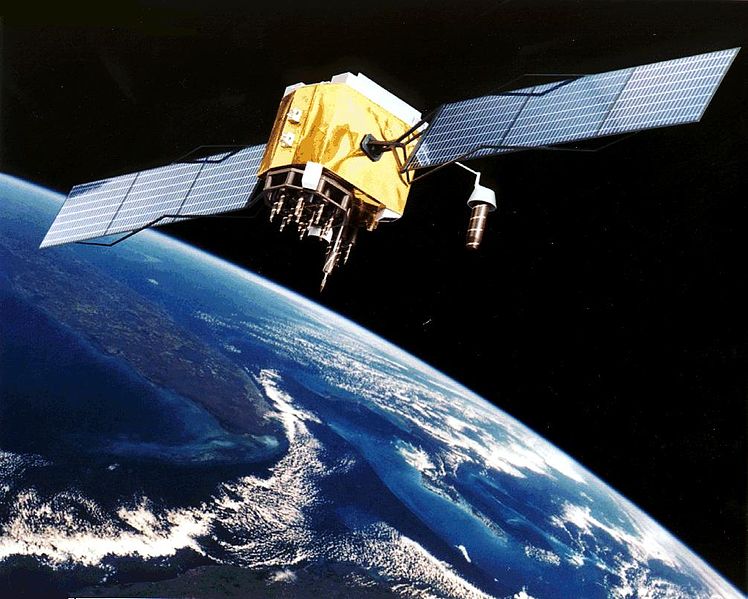
GPS satellites, launched beginning in 1978, were groundbreaking in providing real-time, accurate positioning and timing services across the globe. These satellites orbit Earth and transmit signals that allow users on the ground to determine their exact location. The GPS network, originally developed for military purposes, has become a critical tool for navigation in everyday life, from driving directions to mobile phone location tracking. GPS operates through a system of 24 satellites in medium Earth orbit, and the technology is now integral to everything from aviation to disaster response. With its ability to provide precise coordinates and help with time synchronization, GPS transformed logistics, communications, and even space exploration. It has enabled successful planetary missions, helping spacecraft navigate with pinpoint accuracy. The underlying technology continues to evolve, with the advent of modern systems like Galileo and GLONASS adding more robustness to global navigation systems.
Deep Space Communication Network (1960s)
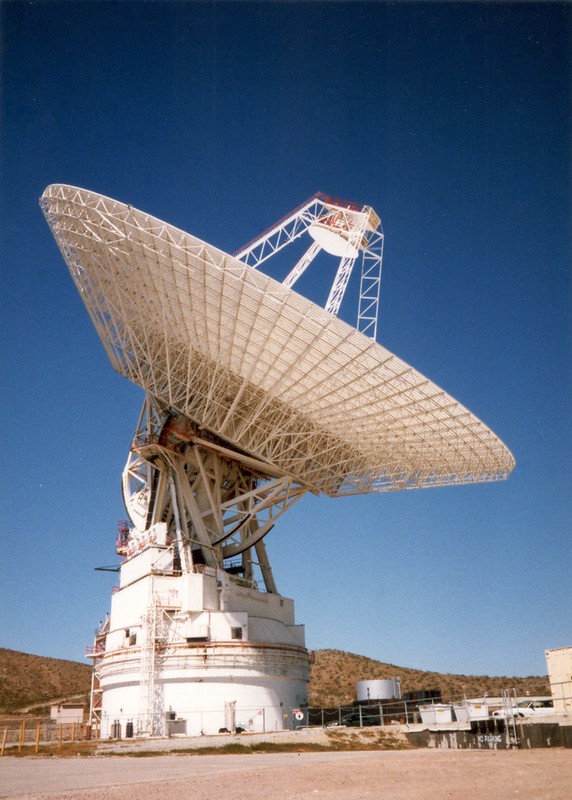
The Deep Space Communication Network (DSN) was a key innovation for maintaining communication with spacecraft exploring the farthest reaches of our solar system. By the early 1960s, NASA established a network of ground stations equipped with massive parabolic antennas to send and receive signals to and from space probes. The DSN enabled continuous tracking of spacecraft, regardless of their distance from Earth, ensuring that data could be transmitted back from distant planets like Jupiter and Saturn. Its technology evolved to allow higher frequencies and faster data transfer rates, facilitating the complex communications required for interplanetary missions. The network supported the Apollo missions, including the historic Moon landing, and continues to be critical for missions like the Mars rovers and the Voyager spacecraft. As technology advanced, the DSN incorporated innovations such as automated tracking and real-time data analysis. The network remains one of the most vital communication infrastructures for space exploration today.
This article originally appeared on Rarest.org.
More From Rarest.Org
Skylines are often defined by the remarkable structures that pierce through them. These architectural marvels aren’t just buildings; they are symbols of culture, progress, and human ingenuity. Read more.
Markets have been the lifeblood of ancient civilizations. These bustling centers were places where cultures mingled, ideas flourished, and economies thrived. Read more.
When it comes to cinema, length isn’t always a measure of quality, but some films take it to an extreme. From experimental art pieces to meditative explorations of time and space, these seven longest movies ever filmed push the boundaries of storytelling, endurance, and what we consider to be traditional cinema. Read more.



